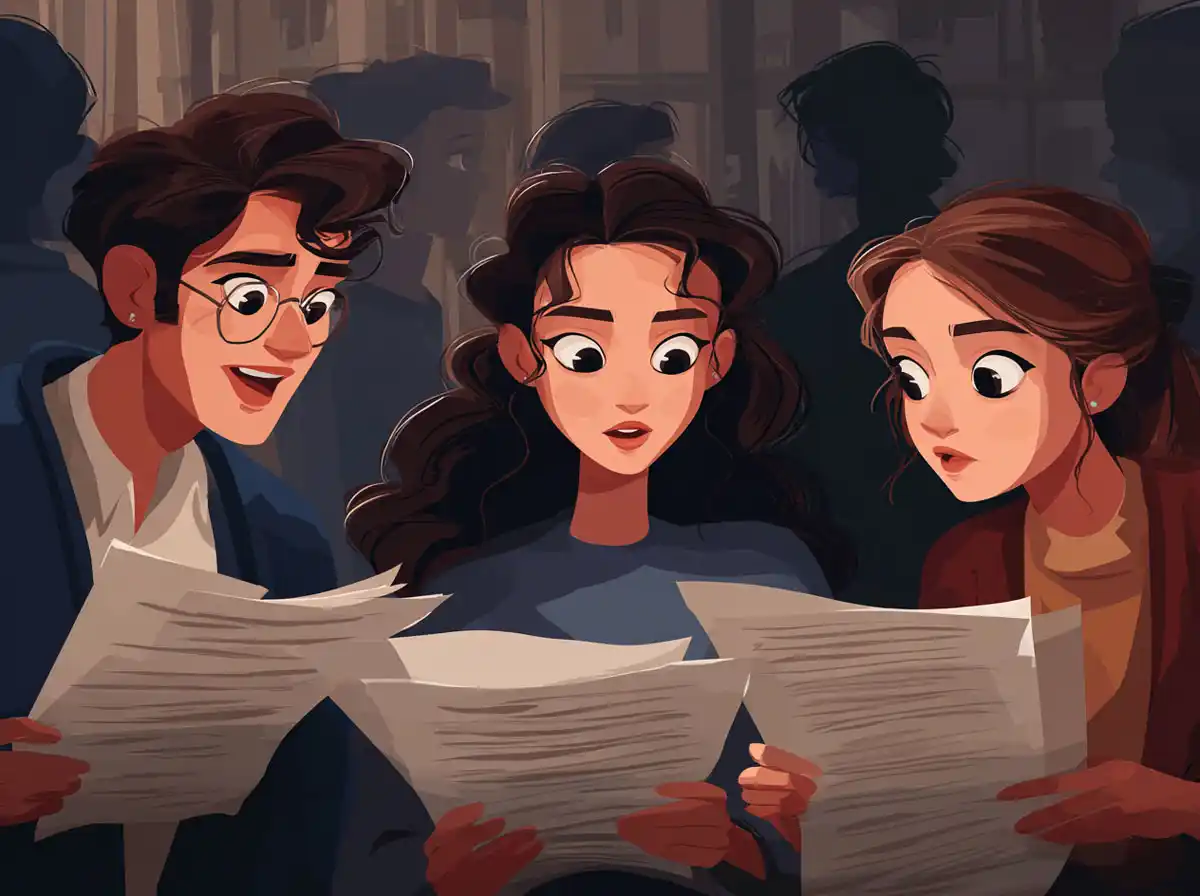Understanding the Importance of Greetings in Hungarian Culture
Greetings in any language are more than just words; they serve as the foundation of social interaction and cultural expression. Hungarian greetings are no exception. They often carry formal and informal variations, reflecting the social hierarchy and relationship between speakers. In Hungary, showing respect through appropriate greetings is highly valued, making it crucial to understand when and how to use different phrases.
For instance, a formal greeting might be used when addressing elders, professionals, or strangers, while informal greetings are reserved for friends, family, and peers. The use of body language, such as a handshake or a nod, often accompanies verbal greetings, adding another layer of cultural significance.
Basic Hungarian Greetings and Their Usage
Common Everyday Greetings
- Szia – Pronounced “SEE-ya,” this is the most common informal greeting meaning “hi” or “hello.” It is used among friends, peers, and younger people.
- Jó napot – Pronounced “YO NAH-poht,” meaning “Good day.” This is a formal greeting appropriate for use in professional settings or when addressing strangers and elders.
- Jó reggelt – Pronounced “YO REG-gelt,” meaning “Good morning.” This is used until around 10 AM in formal and semi-formal situations.
- Jó estét – Pronounced “YO ESHT-ate,” meaning “Good evening.” It is used from late afternoon onward and can be formal or informal depending on the context.
- Viszlát – Pronounced “VEES-lat,” meaning “Goodbye.” It is informal and commonly used among friends.
- Viszontlátásra – Pronounced “VEE-sont-LAH-tash-rah,” a formal way to say “Goodbye” or “See you later.”
Greetings for Different Times of Day
Hungarian, like many languages, adjusts greetings based on the time of day. Using the correct time-specific greeting demonstrates cultural awareness and politeness.
- Good Morning: Jó reggelt (formal), Szia (informal)
- Good Afternoon/Day: Jó napot (formal), Szia (informal)
- Good Evening: Jó estét (formal), Szia (informal)
Informal vs. Formal Greetings
Understanding the distinction between formal and informal greetings is key in Hungarian communication.
- Informal: Szia (Hi/Hello), Csókolom (Hello, used by younger people to greet elders respectfully)
- Formal: Jó napot kívánok (I wish you a good day), Üdvözlöm (I greet you, used in formal settings)
Special Greetings and Expressions in Hungarian
How to Say “Nice to Meet You”
Meeting someone for the first time in Hungary typically involves polite expressions to show respect and friendliness.
- Örvendek – Pronounced “UR-ven-dek,” meaning “I’m pleased (to meet you).”
- Örülök, hogy megismerhetem – Pronounced “UR-oo-lok, hodj MEH-geesh-mer-he-tem,” meaning “I’m glad to meet you.” This phrase is more formal and polite.
Greetings in Different Social Settings
- Family and Friends: Informal greetings like Szia or Csá are commonly used.
- Business and Formal Events: Use Jó napot kívánok or Üdvözlöm along with a firm handshake.
- Religious or Traditional Gatherings: Sometimes you might hear “Isten hozott,” meaning “God brought you here,” a warm and traditional welcome.
Pronunciation Tips for Hungarian Greetings
Hungarian pronunciation can be challenging due to its unique vowel sounds and consonant combinations. Here are some tips to help you master the greetings:
- Focus on vowel length: Hungarian distinguishes between short and long vowels, which can change the meaning of words.
- Practice the “gy” sound: It is a soft “d” + “y” combination, as in “köszönöm” (thank you), though not a greeting, it helps with pronunciation skills.
- Use audio resources: Listening to native speakers on platforms like Talkpal helps you get the intonation and rhythm right.
Common Mistakes to Avoid When Greeting in Hungarian
- Using informal greetings in formal situations: This can be seen as disrespectful, so always gauge the context.
- Mispronouncing words: Incorrect pronunciation can lead to misunderstandings or confusion.
- Ignoring cultural gestures: In Hungary, a firm handshake or a slight nod is often expected during greetings.
How Talkpal Can Help You Master Hungarian Greetings
Learning Hungarian can be daunting, but with the right tools, it becomes enjoyable and effective. Talkpal offers an immersive environment where you can practice greetings and conversational phrases with native speakers and language learners worldwide. The platform focuses on practical language use, cultural context, and pronunciation, making it an excellent resource for mastering Hungarian greetings.
- Interactive lessons tailored to beginner and intermediate learners
- Real-time chat and voice exchange with native Hungarian speakers
- Personalized feedback on pronunciation and usage
- Community support to practice everyday conversations
Conclusion
Mastering greetings in the Hungarian language is a vital step toward deeper cultural understanding and effective communication. From casual “Szia” to the more formal “Jó napot kívánok,” knowing when and how to greet someone appropriately can open doors to meaningful interactions. By using resources like Talkpal, learners can practice these greetings in real-life contexts, boosting confidence and fluency. Whether you’re traveling, making new friends, or expanding your linguistic skills, Hungarian greetings serve as the perfect introduction to this rich and fascinating language.










